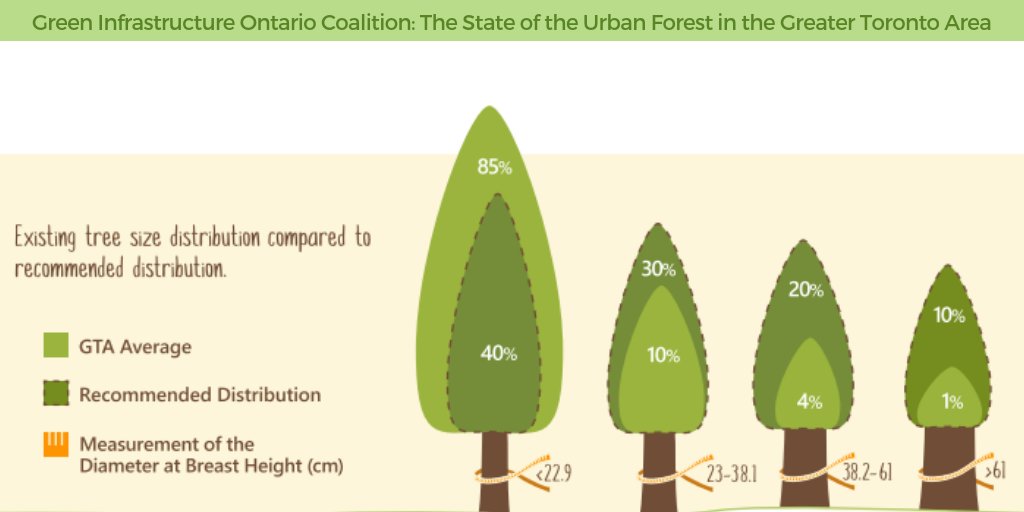Figuring Out The Right Time For Tree Removal - An Overview For Homeowners
Figuring Out The Right Time For Tree Removal - An Overview For Homeowners
Blog Article
Writer-Churchill Abrahamsen
Trees add appeal and value to residential or commercial property, yet they can likewise posture a risk during extreme climate events. If a tree has quit growing, is displaying visible fungal development, or has a leaning trunk, it needs to be removed by a specialist to avoid residential or commercial property damages and injury.
To find out more, attend a home owner resource fair co-hosted by HPD, the Center for NYC Neighborhoods, and Brooklyn-based real estate companions this night in Bedford-Stuyvesant. https://thhcdev.github.io/mgyb-thug/growth-maintenance.html will include the Homeowner Handbook, a new overview to help property owners navigate the responsibilities of having a home.
1. Dead or Dying Branches
Trees are an indispensable part of your home's landscape, providing color and charm. They likewise provide shelter for wildlife and create oxygen, but also healthy trees can experience health problems that may require their removal. Dead or dying trees aren't simply unpleasant, they can be dangerous. Their branches can fall throughout a tornado, bring about expensive property damage and injuries.
When a tree's branches begin to die, it implies that its framework is starting to break down. If the majority of its branches are dead, it is likely time to remove it.
Seek an absence of new development, bark peeling, open wounds or cavities, fungi expanding on the trunk or roots and a basic look of decay in the entire canopy. These signs of infection can suggest a severe trouble that will certainly need professional tree solutions to settle.
2. Leaning Trunk
While it's typical for trees to lean every now and then as a result of phototropism, if a tree has a dangerous or extreme lean that's not as a result of natural processes - it could be an indicator that the tree requires to be eliminated. If the tree is leaning toward a power line, home, vehicle, play framework or any other location that could be hazardous to individuals if it drops, then getting in touch with a specialist tree service for elimination must be a leading priority.
It's additionally crucial to look for any type of sudden changes in a tree's leaning as it can indicate damages to the origins or trunk that may bring about falling. This is specifically real throughout thundercloud, given that high winds and rain-soaked soil can trigger a lean to alter promptly. Regular monitoring, specifically during and after storms can assist homeowners acknowledge possible issues with their trees so they can call an arborist for a detailed assessment.
3. Insect Problem
Some pest invasions, such as wood-boring pests like emerald ash borer or sap-suckers like scale bugs, are so extreme that they can create a tree to pass away. The most effective means to prevent pest problem is to check your trees on a regular basis. Seek spots, openings, or discolorations in the leaves and bark. Take a look at the trunk for splits and signs of insect damage, such as tunnels or tracks.
If a tree comes to be as well infested with pests, or is close to a home or power lines, an arborist might suggest removal. If a leaning tree develops a new, unpredictable lean, an arborist will likely advise elimination also to guarantee the security of people and building. If a weakened or dead tree constantly sheds excessive branches, it is an indication that it is time to get rid of the tree. If a tree remains to shed branches for an extensive amount of time, it could lead to structural troubles and potential building damages.
4. Harmed Trunk
Trees are a stunning and fundamental part of our landscape, however they do require normal care to maintain them healthy and safe. If a tree is harmed irreparable it is most likely time for it to find down.
Search for signs of damage to the trunk, consisting of vertical splits, seams, dead branch stubs, noticeable injuries or open tooth cavities and extreme tree-rot. The existence of fungi at the base of the trunk is another cautioning indication. visit this web page link may suggest that the phloem and xylem (life-support tissues) are endangered, permitting the spread of condition or a future failure.
Likewise, consider whether the tree has actually quit growing. Healthy and balanced trees will certainly have new development each year, which might show up as buds or branches growing and expanding. If you do not see any type of new growth, it's an excellent idea to have an arborist evaluate the tree and follow their referral for elimination. A passing away or damaged tree can drop and create residential or commercial property damage.